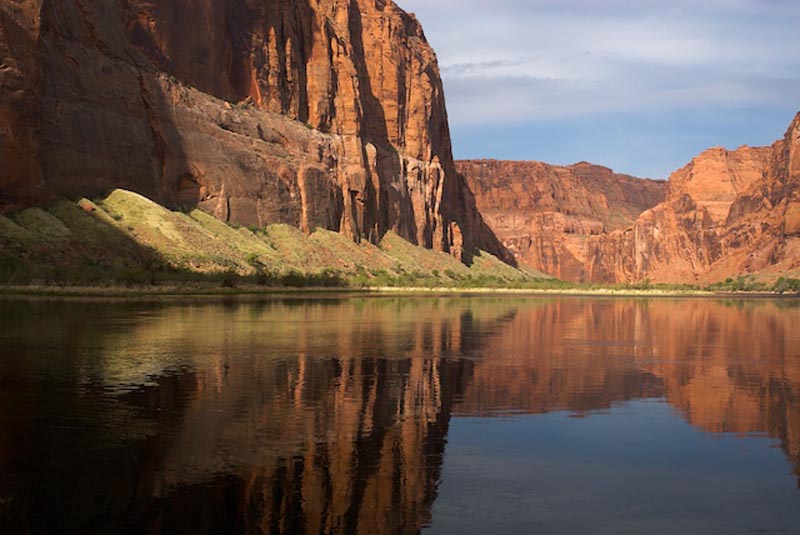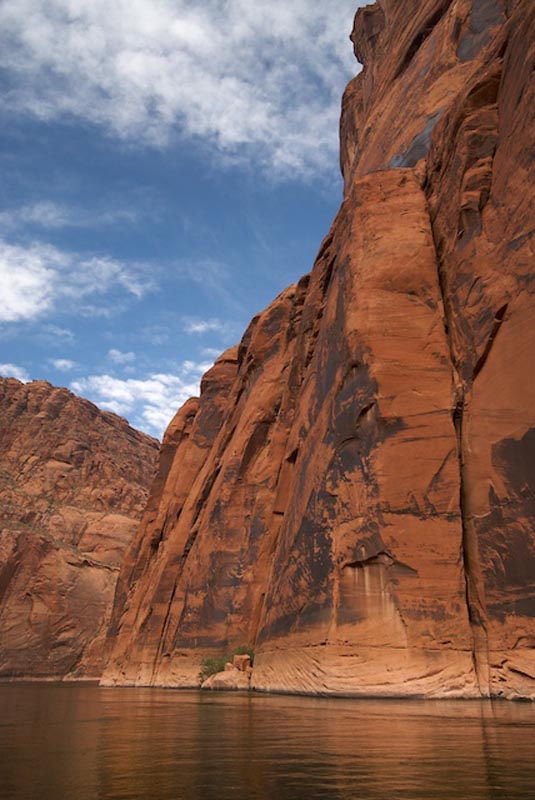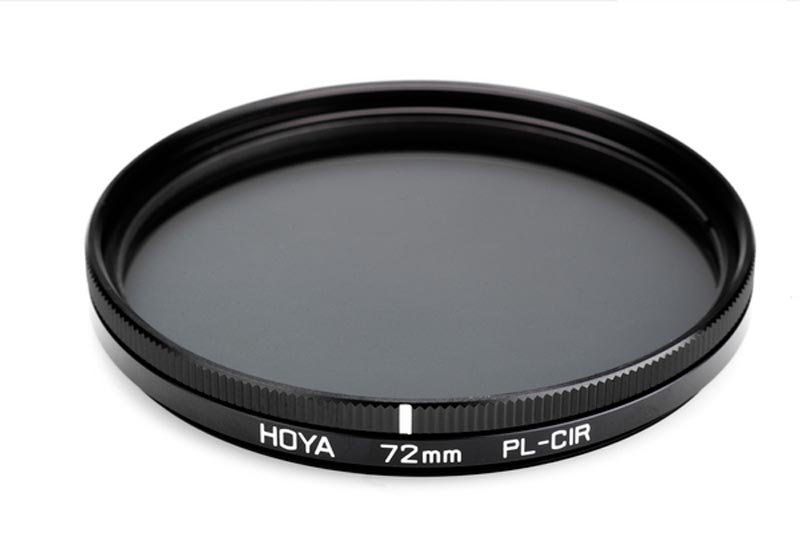
The Number One Tip For Better Photos
If there is one question that amateurs most often ask about my images, it’s: “How do you get those clouds to pop out so much?” The alternative question is how I get the blue skies to render so… well, blue.
Use a Polarizing Filter
The short answer is that I use a polarizing filter probably 80% of the time when I’m shooting outdoors during the daytime. It’s the not-so-secret ingredient that pros use all the time because our editors, and people who buy our images for their home or office, want to view landscapes where the colors are nicely saturated and clouds and skies are delineated.A polarizing filter works by taking scattered light and filtering it so that you have more parallel rays getting through to the camera’s sensor (or film, if you are still using a film camera). You don’t need to know all the physics, but the effect is powerful. See the accompanying photos that I took on a recent trip down the Colorado River and you’ll get an idea of how a polarizer can improve your photos.

If you are willing to invest in a polarizer, make sure you buy what is known as a circular polarizer. A circular polarizer consists of two pieces of glass that rotate relative to each other. You can dial in just the right amount of polarization to suit your creative vision. Polarizers also cut through some of the haze that ruins images on hot, humid days. Polarizers can also help make reflections more prominent.
Ins and Outs of Polarizers
Like any photographic accessory, polarizers have limitations. Due to the physics of light, they are most effective when they point 90 degrees away from the sun. As you face toward or directly away from the sun, they are pretty useless. And they have drawbacks. First, they are expensive. A good one for a DSLR will set you back at least $100 and can go up to $200. They also reduce light transmission by one or two stops, which can either help you capture that special image (think blurred water over a waterfall) or hinder your efforts. They also add a certain hassle factor, since there will be times when you are out shooting and as light conditions change you will invariably have to be screwing the filter on or off.
Every DSLR can accommodate polarizers, since the front of lenses for DSLRs have a screw thread. Unfortunately, due to the sheer variety of point-and-shoot cameras, few manufacturers make polarizing filters for them. In fact, a good polarizer could conceivably cost more than an inexpensive or even a moderately priced point-and-shoot. But even if your point-and-shoot does not accommodate screw-on polarizers, the good news is you can still use one. A cool feature of a polarizer is that you can hold it up to your eye and rotate the outer glass and you will see the effects immediately. Now, without changing the relative position of the polarizer, just hold it right up to your lens, point and shoot. I guarantee you will see dramatic improvements in your landscapes!
Lester Picker is a professional landscape and wildlife photographer living in Maryland. He welcomes questions from his blog readers on any photography-related question. Les offers one-on-one and small group workshops for aspiring to intermediate photographers. Visit Les' website at: www.lesterpickerphoto.com